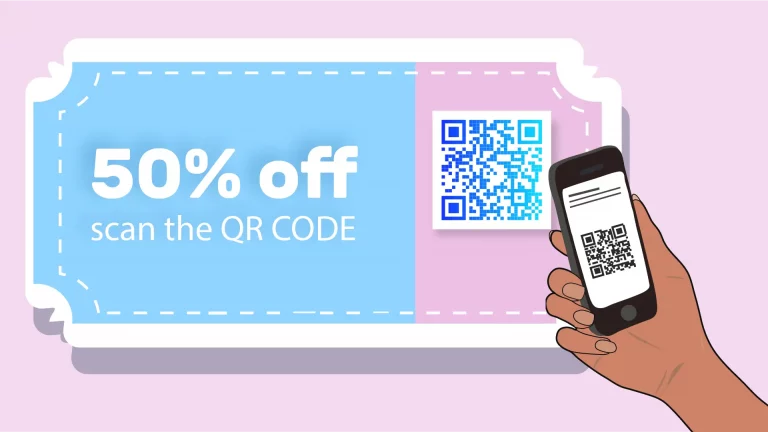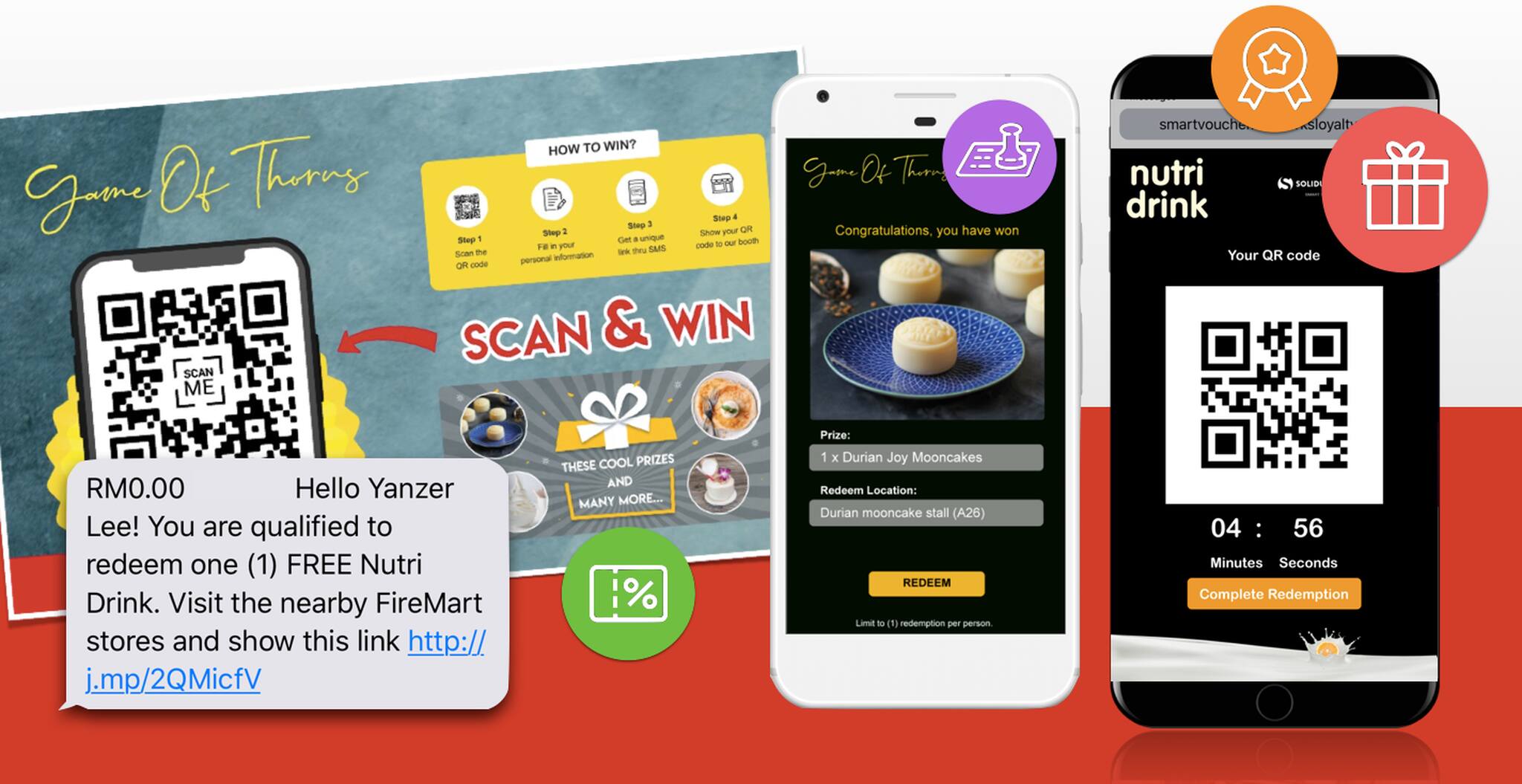Increase Customer Retention With a Powerful Loyalty System
In today's affordable industry, boosting customer retention is not merely helpful but crucial for continual growth. A well-designed commitment system offers as a crucial device in this venture, promoting meaningful partnerships in between companies and their customers. By recognizing the essential components of reliable commitment programs, organizations can customize their methods to meet varied consumer requirements.
Value of Customer Retention
Consumer retention is a foundation of sustainable service success. It shows the capacity of a business to keep its clients satisfied and involved gradually, resulting in duplicate purchases and lasting earnings. Maintaining existing customers is commonly a lot more cost-effective than obtaining brand-new ones, as it minimizes marketing costs and fosters a devoted consumer base that advocates for the brand name.

Additionally, high customer retention prices can enhance a business's reputation in the market, drawing in new consumers with positive word-of-mouth and references. Services that prioritize consumer retention are likewise better placed to gather valuable responses, enabling them to improve their offerings and address prospective issues proactively. Inevitably, effective consumer retention methods produce a solid foundation for development, enabling businesses to prosper in a progressively affordable landscape.
Key Elements of Loyalty Programs
A properly designed loyalty program functions as a powerful device for enhancing consumer retention by providing motivations that encourage repeat service. To achieve this, a number of vital elements have to be integrated right into the program.
First, a clear structure for benefits is essential. Clients need to easily comprehend just how to earn rewards or points, which can be based upon acquisition frequency, costs degrees, or specific actions like recommendations. This transparency fosters count on and encourages engagement.
Second, personalization plays a critical role. Tailoring benefits and interaction to specific choices enhances client contentment and strengthens connections. By leveraging information analytics, organizations can offer targeted promotions that resonate with customers' rate of interests.
Third, convenience of usage is crucial. A seamless sign-up procedure and an user-friendly interface for tracking rewards can significantly enhance client experience. If consumers locate it cumbersome to browse the program, they might disengage.
Last but not least, normal interaction and updates regarding the program maintain it top-of-mind for clients. Notifying them of new benefits, special offers, or program changes helps maintain passion and involvement.
Including these parts properly can bring about a more successful loyalty program that significantly boosts consumer retention.
Kinds Of Loyalty Systems
Exploring numerous kinds of loyalty systems reveals distinctive strategies that services can embrace to foster consumer retention. One typical type is the points-based system, where customers gain factors for each purchase, which can later on be redeemed for incentives. This uncomplicated method incentivizes repeat purchases and maintains clients engaged.

Cashback commitment programs, where consumers obtain a percent of their acquisitions back as cash money or shop credit report, are additionally preferred. This version straight compensates investing, developing an instant reward for clients to return.
Furthermore, subscription-based loyalty systems offer customers with exclusive benefits in exchange for a recurring fee. This approach not just makes certain a constant earnings stream yet additionally cultivates long-lasting connections with clients that value continuous benefits.
Lastly, experiential commitment programs concentrate on providing distinct experiences, such as customized services or exclusive occasions, boosting emotional connections and brand name loyalty. Each type of commitment system uses distinct benefits, enabling companies to align their strategies with consumer choices.
Best Practices for Execution
When carrying out a loyalty system, organizations must prioritize comprehending their customer base to tailor the program efficiently. Performing thorough research to recognize consumer choices, actions, and inspirations is important. This understanding will assist the layout of the loyalty program, guaranteeing it reverberates with the target audience.
Following, companies must pick an appropriate framework for the loyalty program. Options may consist of point-based systems, tiered rewards, or experiential rewards. Picking a version that aligns with client assumptions can boost involvement. Additionally, simpleness is important; consumers should conveniently comprehend just how to earn and retrieve incentives.
Assimilation with existing systems is an additional best practice. The loyalty program should perfectly get in touch with point-of-sale systems, mobile apps, and client partnership monitoring (CRM) devices to give a natural experience. Moreover, efficient interaction is crucial. Organizations need to frequently promote the loyalty program through various networks, ensuring customers recognize the advantages.
Finally, gathering recurring comments is vital for constant improvement. Obtain consumer input to refine the program and adjust to changing preferences, eventually cultivating long-lasting commitment and enhancing customer satisfaction.
Gauging Commitment Program Success
Effectively implementing a loyalty program prepares for measuring its effectiveness. To evaluate success, companies must establish clear metrics you can find out more that line up with their objectives. Key performance indications (KPIs), such as client retention prices, average purchase worth, and regularity of repeat acquisitions, give beneficial insights right into program efficiency.
Another essential procedure is the redemption rate, which indicates exactly how often customers utilize their incentives. A high redemption price usually mirrors a program's appearance and relevance to consumers. Furthermore, tracking client engagement with engagement in special promotions or events can disclose patterns in commitment behaviors.
Customer comments is also vital; surveys and focus teams can illuminate assumptions of the loyalty program, highlighting locations for renovation. Furthermore, assessing consumer lifetime value (CLV) can aid quantify the monetary influence of commitment campaigns.
Executing these dimension methods permits businesses to analyze the program's efficiency constantly. This data-driven strategy makes it possible for informed decisions for maximizing offerings, enhancing customer experiences, and eventually promoting deeper client loyalty. By on a regular basis evaluating these metrics, organizations can guarantee their commitment programs advance in tandem with client expectations and market dynamics.
Conclusion
Finally, a well-structured commitment program dramatically boosts client retention by fostering solid links through individualized rewards and effective interaction. Carrying out finest methods makes sure that the program stays relevant and user-friendly, while continuous comments promotes continuous improvements. Inevitably, a powerful loyalty system not just improves consumer contentment yet likewise drives repeat acquisitions, developing a devoted customer base that is important for long-term company success and sustained profitability.
Preserving existing clients is commonly much more cost-effective than getting new ones, as it decreases marketing costs and cultivates a devoted client base that promotes for the brand.
In addition, high client retention prices can enhance a business's credibility in the market, drawing in brand-new consumers via favorable word-of-mouth and references.When implementing a loyalty system, businesses must prioritize understanding their client base to tailor the program efficiently. Services need content to frequently advertise the loyalty program with various channels, ensuring clients are aware of the benefits.
Eventually, a powerful loyalty system not only increases customer satisfaction but also drives repeat acquisitions, establishing a loyal consumer base that is vital for lasting service success and maintained success.